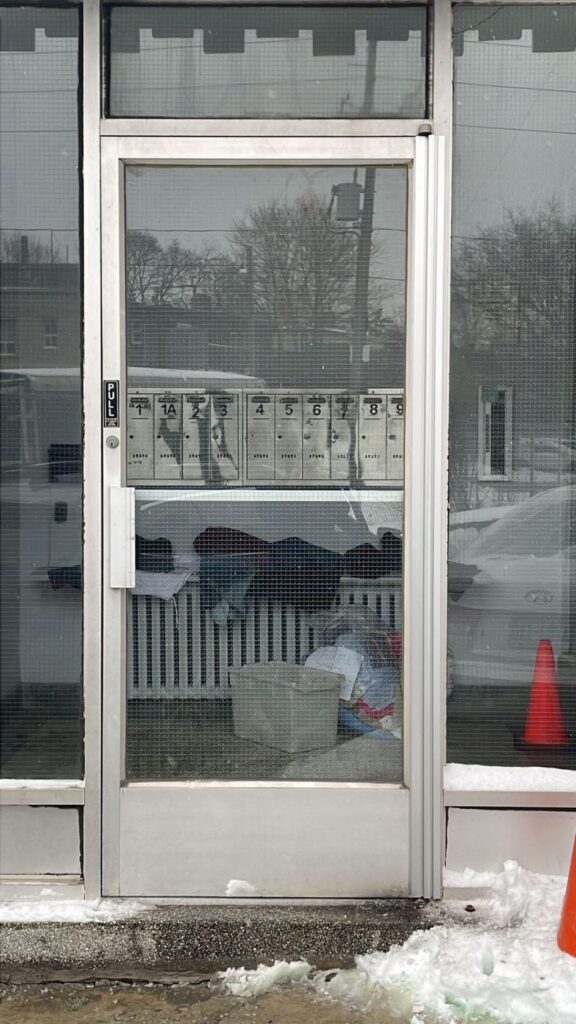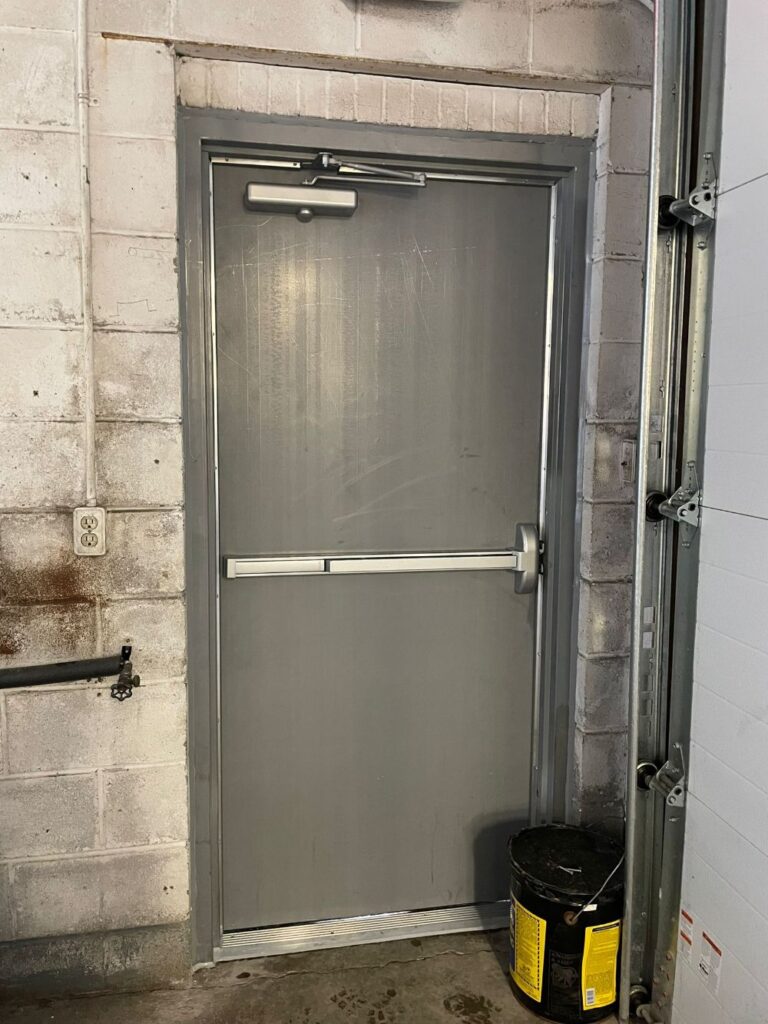In busy commercial settings, doors are subjected to high traffic, frequent use, and environmental wear, all of which can cause them to go out of alignment over time. Whether it’s a glass storefront door that’s not closing fully or a metal door that’s scraping the floor, knowing how to make basic adjustments can save time and help keep your door functioning smoothly. At Delet Door Systems, we specialize in commercial door repairs across Toronto and the GTA, so we’re familiar with common issues that affect door performance. Here’s a guide to help you with some straightforward adjustments for commercial doors, and remember—when in doubt, a professional touch can make all the difference.



1. Identify Common Issues with Commercial Doors
Before diving into adjustments, it’s essential to identify the main issue with your door. Here are some common reasons doors need adjustment:
- Door Not Closing All the Way: A door that won’t close properly could be due to misaligned hinges, a faulty door closer, or threshold interference.
- Door Scraping the Floor: If the door rubs against the floor, the hinges might need adjustment, or the door height may require tweaking.
- Latch Not Engaging: When the door latch doesn’t align with the strike plate, the door may not secure correctly, which can be both a safety and security risk.
- Door Closer Not Working Correctly: Sometimes, the door closer doesn’t close the door all the way or slams shut, which can usually be fixed with adjustments.
2. Adjusting Commercial Door Hinges
If your commercial door isn’t aligned or is rubbing at the top or bottom, adjusting the hinges is a good first step. Over time, hinges can loosen or shift, causing the door to sag or scrape. Here’s how to make hinge adjustments:
- Tighten Hinge Screws: Check all the hinge screws, as they may loosen with repeated use. Use a screwdriver to tighten any loose screws and secure the hinges. For stripped screws, consider using slightly larger screws to secure the hinge more firmly.
- Add Shims: If the door rubs at the bottom or isn’t flush, inserting shims behind the hinge plates can help adjust the door’s position. Shimming can help elevate or shift the door slightly, improving its alignment within the frame.
- Hinge Replacement: In high-traffic areas, hinges can wear out. If you notice significant wear, consider replacing the hinges entirely for better alignment and smoother operation.
3. Adjusting the Door Closer
Commercial door closers control the speed and force with which the door closes, ensuring it latches smoothly without slamming. If your door isn’t closing properly or is slamming, it may be time to adjust the closer. Most commercial door closers have adjustment screws to help control closing speed and latching force.
- Locate Adjustment Screws: Door closers typically have two screws: one for adjusting the sweep speed (how fast the door closes) and another for the latch speed (how firmly it shuts). These screws are often located on the body of the door closer.
- Adjust Closing Speed: Turn the sweep adjustment screw slightly to control the speed. Turning it clockwise usually slows the door’s movement, while turning it counterclockwise speeds it up.
- Adjust Latch Speed: The latch speed screw controls how tightly the door latches at the end of its swing. Adjust this screw to ensure the door latches securely without slamming.
- Check the Door for Final Testing: After adjusting the closer, open and close the door a few times to check that it shuts properly without slamming or failing to latch.
4. Adjusting the Door Threshold
Over time, thresholds can wear down, causing the door to scrape against the bottom or leave a gap. Adjusting the threshold can help improve the fit and function of your door.
- Tighten the Threshold Screws: Most thresholds have screws that can be tightened or loosened. If the threshold is loose or causing interference, tighten these screws to keep the threshold level and secure.
- Use a Mallet for Minor Adjustments: If the threshold has bent slightly, you can gently tap it with a rubber mallet to level it out.
- Add Weatherstripping: For doors that experience significant temperature changes (common in Toronto’s climate), adding weatherstripping to the threshold can help reduce gaps and maintain a tight seal, preventing drafts and improving insulation.
5. Fixing Latch and Strike Plate Alignment
A misaligned latch or strike plate can prevent your door from closing securely. This problem can often be fixed with a few simple adjustments.
- Adjust the Strike Plate: Loosen the screws on the strike plate and shift it up, down, or sideways to align it with the latch. Tighten the screws once the latch fits securely.
- File the Strike Plate: If the misalignment is minor, using a metal file to widen the strike plate opening slightly can allow the latch to engage properly.
- Lubricate the Latch Mechanism: Sometimes, the latch may stick due to lack of lubrication. Apply a small amount of lubricant to ensure the latch moves freely.
6. Accounting for Seasonal Shifts
Toronto’s fluctuating weather can affect the materials in doors, causing expansion or contraction that may interfere with door operation. If your door rubs or feels misaligned during certain seasons, seasonal adjustments might be needed.
- Install Adjustable Hinges: Adjustable hinges allow for slight seasonal changes in door alignment.
- Add or Remove Weatherstripping: Adjusting or installing weatherstripping can help keep the door snug within the frame, reducing gaps caused by temperature shifts.
When to Call a Professional
While these adjustments can help fix many common issues, some door problems require professional attention. If your door is still not closing properly after trying these fixes, or if you notice significant wear or damage to the door closer, frame, or hinges, it’s best to call in an expert.
At Delet Door Systems, we specialize in commercial door adjustments and repairs for businesses throughout Toronto and the GTA. Our certified technicians have the expertise and tools to ensure your doors function smoothly and reliably, so you can focus on your business without worrying about door malfunctions.
RELATED TOPIC: COMMERCIAL DOOR WON’T CLOSE
Contact Delet Door Systems for Expert Door Adjustments
A well-functioning door is essential for keeping your business safe, energy-efficient, and professional. If you’re struggling with a door that won’t close properly, Delet Door Systems is here to help. Contact us today at 1-888-339-6970 or fill out our contact form on the website for fast, reliable service across Toronto and the surrounding areas. Let us handle your commercial door adjustments, so your doors remain dependable and your business stays secure.



